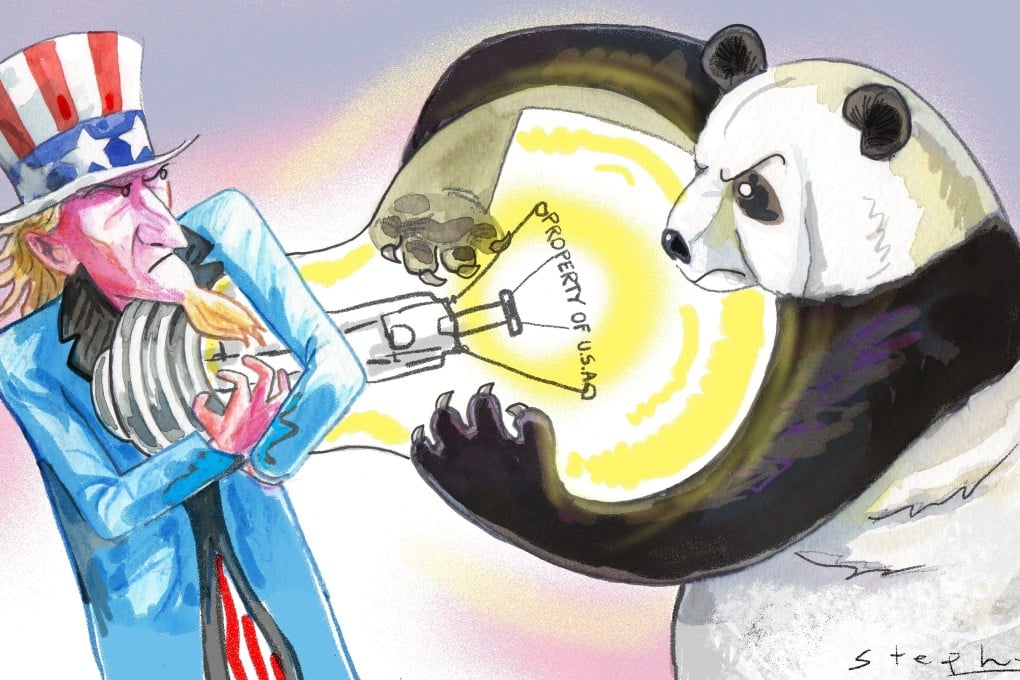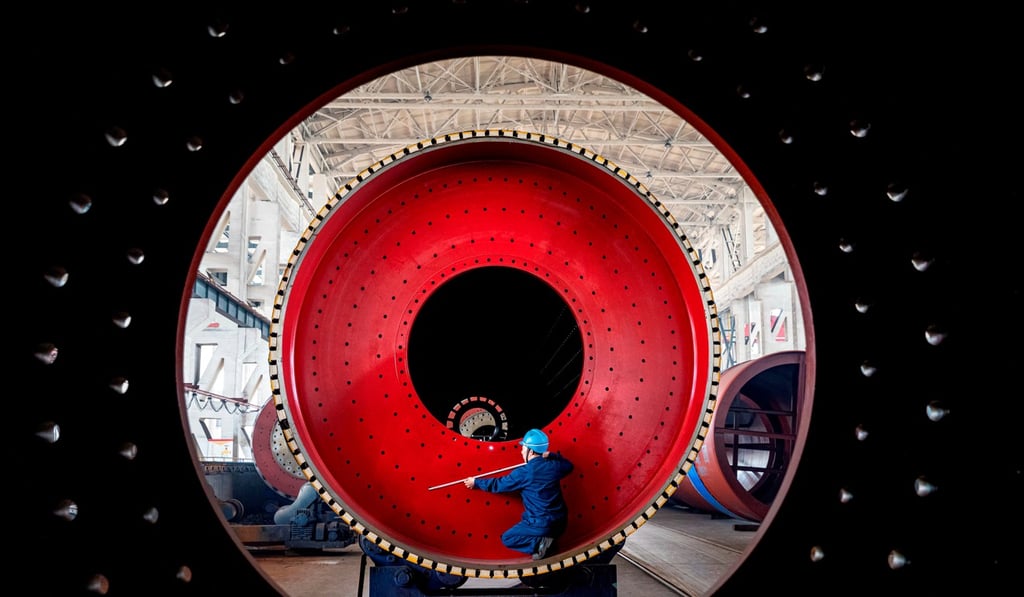Advertisement
Opinion | How the US and China can find common ground in an era of techno-nationalism
- Because the US increasingly views China as a security threat, the debate on intellectual property rights goes beyond economic concerns
- Given that the challenges of IP policymaking transcend US-China rivalry, a wider forum, on the lines of the G20, could help broker a political consensus
Reading Time:4 minutes
Why you can trust SCMP
0

The White House and Beijing have reached an agreement on a “phase one” trade deal with most of the last-minute attention focused on agricultural purchases and tariff reductions. Among the key structural issues that may not have been adequately addressed is Washington’s concern about theft of intellectual property rights, which, according to President Donald Trump, costs the nation US$600 billion annually, an accusation denied by China.
Many in America’s security establishment also see China’s aggressive actions as part of broader efforts to erode America’s great power status. Thus, the transfer of technology to China is viewed not only on its commercial merits but also as a potential national security risk.
The new agreement, however, has left unaddressed the tensions surrounding US restrictions on sales of hi-tech equipment to China and its innovative ambitions, as exemplified by its 5G initiative. The ever-expanding view of the dangers of technology transfer has blurred the debate over IPR protection.
Underpinning US-China technology competition is the recognition that innovation-driven growth is central to long-term economic development. Because many people can make use of the same idea, broad dissemination of knowledge is beneficial.
Notwithstanding recent disagreements over technology transfer, the two countries have pursued similar growth objectives at comparable stages in their development, using IPR protection as a policy tool towards that end. The crux of the debate over IPR is the trade-off between access to knowledge and incentives to innovate.

Advertisement
Select Voice
Choose your listening speed
Get through articles 2x faster
1.25x
250 WPM
Slow
Average
Fast
1.25x

